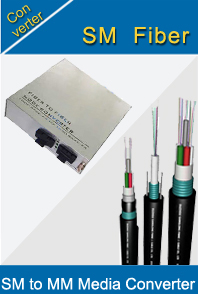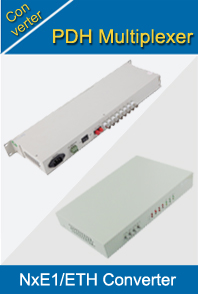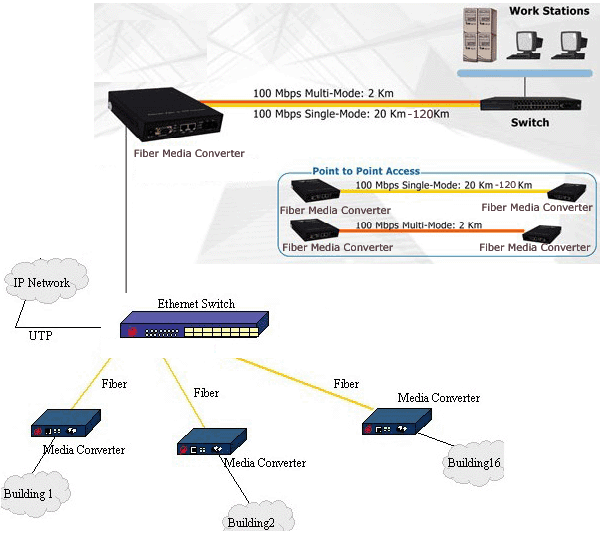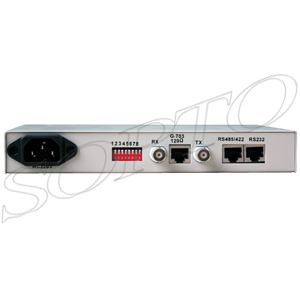-

- Sopto Home
-

- Special Topic
-

- Converter Knowledge
-

- What Are the Different Types of Serial Protocols?
Converter Knowledge
- Form Factors and Application of Ethernet Media Converter
- Ethernet over 4 E1 Converter Brief Introduction
- What is the Difference between RS232 and RS485 Serial Interfaces
- What is the Difference between RS232 and RS485 Serial Interfaces
- How to Convert an Analog Telephone to VoIP Protocol?
- How to Find the Internet Protocol Address and Media Access Contr
- How to Convert from Fast Ethernet to Fiber Optics?
- How to Connect a Fiber Converter?
- How to Convert Ethernet to Fiber Media Converters?
SOPTO Special Topic
Certificate



Guarantee
Except products belongs to Bargain Shop section, all products are warranted by SOPTO only to purchasers for resale or for use in business or original equipment manufacturer, against defects in workmanship or materials under normal use (consumables, normal tear and wear excluded) for one year after date of purchase from SOPTO, unless otherwise stated...
Return Policies
Defective products will be accepted for exchange, at our discretion, within 14 days from receipt. Buyer might be requested to return the defective products to SOPTO for verification or authorized service location, as SOPTO designated, shipping costs prepaid. .....
Applications
An Ethernet to Fiber Media Converter can also be used where there is high level of electromagnetic interference or EMI which is a common phenomenon found in industrial plants. This interference can cause corruption of data over copper-based ethernet links. Data transmitted over fiber optic cable however is completely immune to this type of noise. An Ethernet to Fiber Optic Converter therefore enables you to inter-connect your copper-ethernet devices over fiber ensuring optimal data transmission across the plant floor.
SOPTO Products
- Fiber Optic Transceiver Module
- High Speed Cable
- Fiber Optical Cable
- Fiber Optical Patch Cords
- Splitter CWDM DWDM
- PON Solution
- FTTH Box ODF Closure
- PCI-E Network Card
- Network Cables
- Fiber Optical Adapter
- Fiber Optical Attenuator
- Fiber Media Converter
- PDH Multiplexers
- Protocol Converter
- Digital Video Multiplexer
- Fiber Optical Tools
- Compatible
Related Products
Performance Feature
Converter Knowledge
Recommended


What Are the Different Types of Serial Protocols?
Serial communication interfaces can vary in a number of different ways depending on purpose. As a result, the general methods, or types of serial protocols, are able to be narrowed down into some general categorizations. There are, therefore, five general types of serial protocol, each somewhat dependent on the number of hosts and receivers. From there, each serial bus, depending on the communication protocol used, will have additional features that will offer varying functionality.
The most common is the recommended standard 232 (RS-232) protocol. This falls into the peer, or point-to-point group of serial protocols, and a number of serial interfaces have been developed based on its concepts. Here, two devices, or peers, communicate directly with one another in what's called full-duplex, meaning that communications can go both ways simultaneously. They can optionally synchronize their communications via a clock, though most commonly, the peers communicate asynchronously. Limited in speed and distance, it is commonly used for attaching serial peripheral devices to computer systems.
Another of the recommended standards, number 422, that came a bit later details a different protocol type that can support additional systems. With RS-422-based serial protocols, additional receivers can be supported by a single transmitter. This is referred to as a multi-drop protocol. The speed is increased dramatically over what's available with RS-232, including the allowed length of the wire. The cost, however, is that it operates at only half-duplex, therefore only allowing communication over the wire one way at a time unless additional wires are established between the receivers and the transmitter.
E1 to RS 232/RS422/RS485 Protocol Converter
Similar to RS-422 is another recommended standard describing a multi-point option for serial protocols. Known as RS-485, the multi-point technique allows for multiple peers to send and receive to one another over the bus. Like RS-422, RS-485 serial protocols are very fast and capable of great distances. Also like RS-422, however, additional wires are required to go beyond a half-duplex communication between the peers, which can be limiting and costly.
Beyond the array of recommended standards, several companies have also developed a number of different types of serial protocols for use with particular products, but which have also contributed to other developments. These types involve the use of a master device and one or many slave devices attached to the serial bus.
One such type is known as Microwire™ created by National Semiconductor®. It is a master and slave type, where the master device sets a clock for synchronized communication with a slave device. Similar to the master to slaves technique provided by Microwire™, the serial peripheral interface (SPI) type of serial protocols, developed by Motorola® further added the ability for multiple masters that can communicate with multiple slaves in full-duplex.
For more information, please browse our website.





